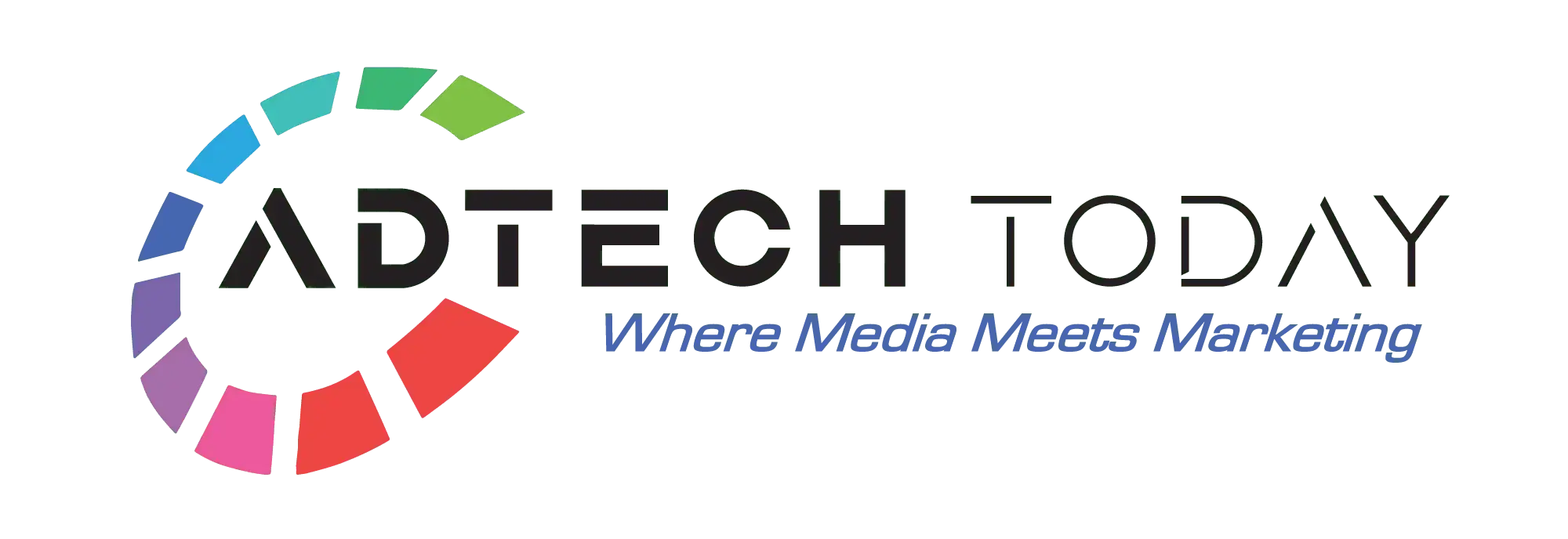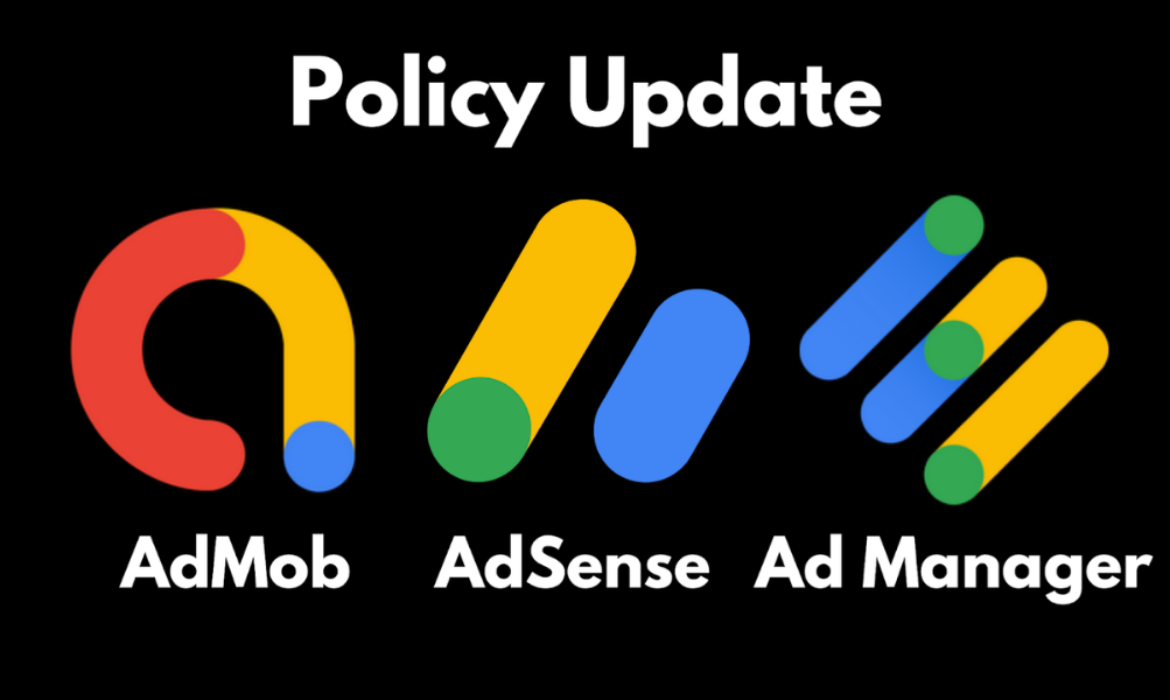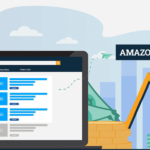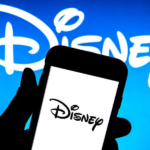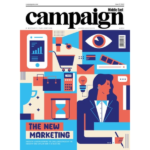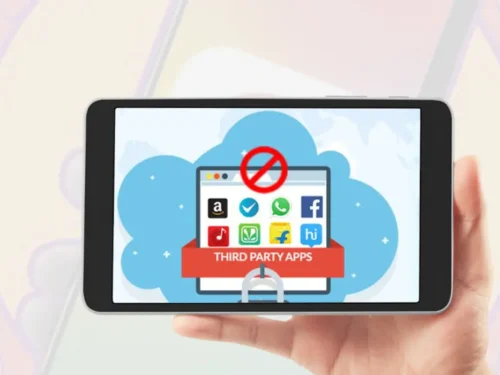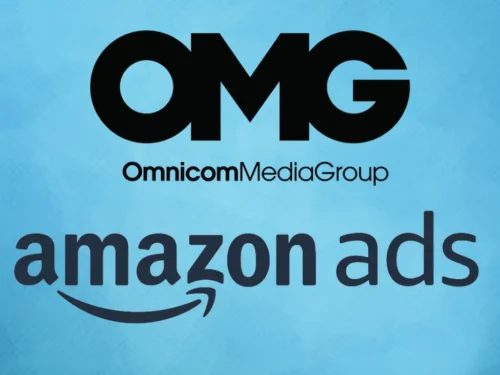Google Ends All Gossips: Revealed Fee Structure For Advertisement Tools
Since a long time now! People were keen to know the prices of advertisement with Google, especially after it declared its DSP, DV360. The speculations were high, as there are always some hidden charges, including taxes.
However, Google ended this ongoing gossip! By releasing a series of blogs and articles, it painted a clear picture by releasing its fee structure for its different portals.
These portals included Display and video 360, Google ads, Ad Manager and its publisher tech. It is the first incidence where Google came out openly with its prices.
According to an aggregate data of 2019, if the advertiser spent $1 on the media with Google tech, the Publisher received a 69% share from that dollar. Whereas, the rest 31% is the profit gained by Google.
Reportedly, DV360( DSP) takes only 13% of $1 spent by an advertiser on media. On the other hand, Ad Manager charges an approximate of 18% of the dollar spent by the advertiser.
However, with Google Ads, the campaigns include the display, it charges 14% of every dollar spent by an advertiser. The ad networks charge their advertisers on the bases of cost-per-outcome. However, they pay the publishers on a CPM basis. Therefore, the cost varies on average.
Google disclosed the direct and programmatic amount, which they charge from publishers.
In an analysis of top 100 news publishers, who are using Google, discovered that they directly or indirectly(through partners) sold three-quarter of their inventory to the company. In that setup, Google charges an approx 1% fee based on the ad requests volume.
For the advertisements, in the remaining quarter filled programmatically, Googles charge, for handling the impression was 16%. it also clarified, for any impression filled directly by publishers, Google only charges 5% of the total revenue.
Although, there are a couple of warnings: While publishers use different DSPs to sell advertisement through multiple ad exchanges, they might be paying variable amounts for these advertisements. Through open biding, Google charges 5-10 per cent fee. However, advertisements sold by Ad Manager is charged with a 20% fee.
Also, it’s not yet clear how Ad-sense works in all this share proportion. According to previously shared data, Google takes with Ad Sense is around 68%. However, it wanted to clarify to the publishers that it doesn’t double charge them with its additional charges for Ad Manager.
Why All of Sudden Google is so Transparent?
Well, Google wants to prove that it doesn’t fraud its users. Since a long time now, it has been suffering from allegations.
Also, there is suppose to be an antitrust case which is anticipated by the tech giant this year. During this time frame, several parts of its business will be under a minute check. The state attorney general and the Department of Justice is supposed to be meeting on Friday, to discuss the case. This information was provided by The Wall Street Journal. Hence, as Google is earning a large chunk of its revenue from Ads, it could be one of the things that the departments will investigate.
Last year, an antitrust paper released faulted tech giant on its in-efficiency of sharing end-to-end fees. In a statement, it stated, “No one (other than Google) has visibility into what happens between AdWords and AdX.”
Even the programmatic ecosystem was demanding a transparent approach from Google. Sellers and buyers started to realize that their contract with the company, doesn’t give a clear justification of fee, which Google charged them.
The transparency started flooding the market nearly three years ago. Some independent ad technology companies including Rubicon Project and AppNexus shared data on their take away share of the money. They did so to get rid of the pressure from the industry to reveal the hidden fees. After that, the Trade Desk decided to go public. Hence, they reveal their fees every year.
ISBA is frequently auditing the supply chains. All this, to uncover the hidden charges. Marketers and other tech buyers are demanding from Blockchain to provide them with log-level data. These are the clear indications that publishers and advertisers are looking for transparency. The tech giant is trying to address the issue by providing transparency to its advertisers.
Author Profile
Latest Posts
 BlogApril 4, 2023How to rank well on Amazon? Performing SEO on Amazon
BlogApril 4, 2023How to rank well on Amazon? Performing SEO on Amazon BlogFebruary 2, 2023Advertise Your Brand in the Metaverse: The Future of Digital Advertising
BlogFebruary 2, 2023Advertise Your Brand in the Metaverse: The Future of Digital Advertising MediaJanuary 25, 2023Disney+ Is All Set To Lure Advertisers And Enhance Options For User Targeting.
MediaJanuary 25, 2023Disney+ Is All Set To Lure Advertisers And Enhance Options For User Targeting. MediaJune 26, 2021Success Story Of First Programmatic Campaign In Gulf!
MediaJune 26, 2021Success Story Of First Programmatic Campaign In Gulf!
